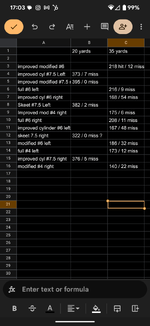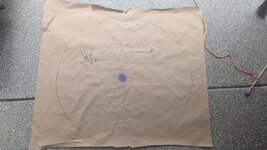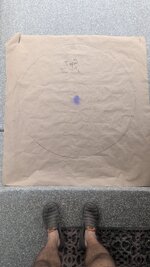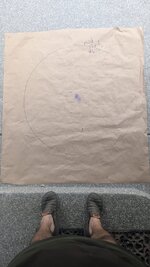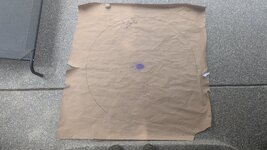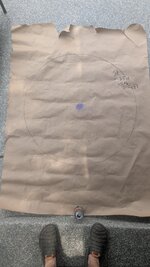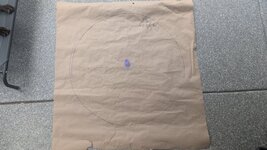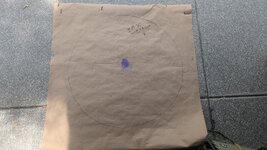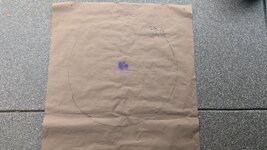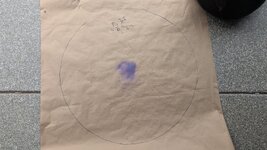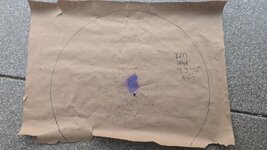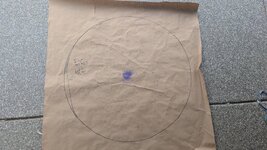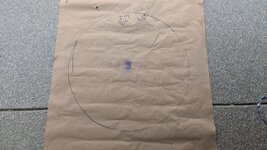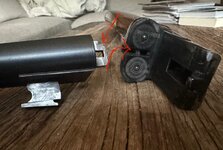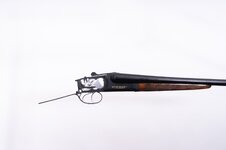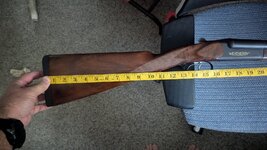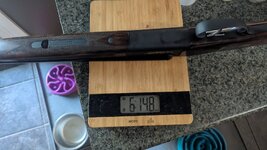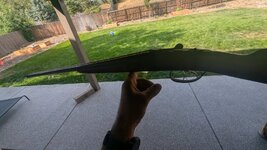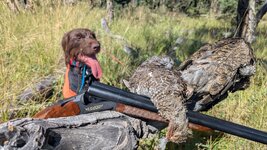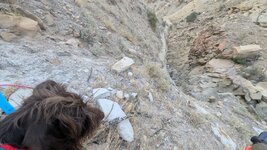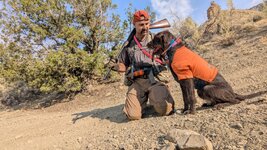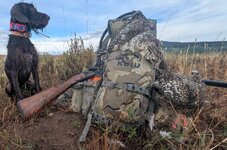The regulation is why I made a point to document which barrel was patterned. 20/35yd IC, and 35yd full were shot from each barrel. Those circles are ~38". If you zoom in on the photos, what do you think about the regulation?
Skeet should have been wider than IC, but Iamd not convinced it was, and full seemed to throw a little low. I may try again, but I mainly was looking for regulation and a centered pattern. It also has me reconsidering bigger shot, and I was surprised to see the wads impacting on most.
The chokes that come from the factory are Briley Spectrum and a Yildiz thread pattern. The only difference between what are sent with this Orion and what is in this Briley link are the end anodizing color.
Yildiz Spectrum Black Oxide Choke - 20 Gauge

www.briley.com
They sent me the below photo when I asked for internal photos, but I stopped there because I didn't know what I was looking at and just asked to come up and take things apart.
View attachment 926404
I wasnt really seeing the holes in the images so couldnt really tell.
In any case, if you are patterning a shotgun for the purpose of checking regulation (as opposed to looking at pattern density) the way I like to do it is to use a "group" of shots at the same target on top of each other. This is becasue similar to a rifle that has a "cone of fire", shotgun pellets and shells have variation and dont always pattern exactly the same , so if you are using just one shot it isnt ever going to be as accurate as if you are looking at the average of several shots. You also tend to have an easier time identifying the pattern itself and distinguishing it from the few flyers outside the pattern. So using a 3 or 5 shot "group" on the same target allows you to see an average pattern size, and an average pattern center, which is easier to see and more accurate for your use. Regulation is usually done at 40 yards, 35 will certainly work fine. To test regulation do just like you did, use a BIG sheet of paper with a clear aiming point, use a rest and aim the gun like a rifle for consistency, and fire 3-5 shots with the left barrel at the same POA on the same target. Then draw a
circle (not a wavy line) around the resulting "average pattern" that captures 98-ish % of the pellets, everything but random flyers. Use a yardstick to draw a vertical and horizontal crosshair through the center of the circle. Ideally you should see the center of the pattern is pretty close to centered on your point of aim--you want to measure the offset of the pattern-center from your point of aim. Then use a different sheet of paper for the other barrel, and repeat. If you do it consistently this should be a repeatable excercise. There is going to be some difference, but you want it as little as possible--a higher end gun people look for pattern centers within a couple inches or so of each other at 40 yards, but for the most part if your pattern centers are within 4-6" at 40 yards most people wont notice that difference. You can also test it at shorter range if that's helpful, it's just not the standard.
Note this is a totally different process from patterning for gun fit, that's a whole nuther kettle of fish, but people get tripped up on patterning for different purposes, and the differnt methods to achieve those different goals.
Regarding the action--If you're like me, it'll be cool to tear it down with them and see how much of a rube-goldberg-esque contraption it is how the barrel selector works, how the safety works, cocking arms, triggers, etc. You can pull the stock and see much of this for yourself if you want, there should be a through-bolt accessible under the recoil pad on that gun, and the stock will slide right off the back.
LOP on double trigger guns is pretty much always given from the center of the butt to the front trigger. Nearly everyone uses a 1/4"-1/2" longer LOP on a straight stock DT gun than they do on a pistol grip single trigger gun. Havent seen any that provide both measurements before, but it would make sense if their published range of LOP isnt referring to different models.
 weatherby.com
weatherby.com
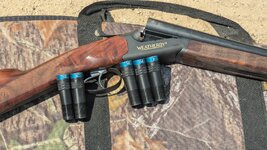
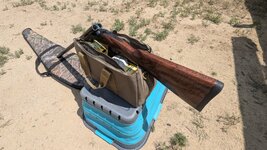
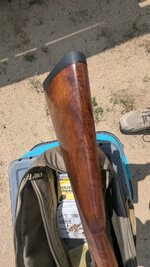 I used a V rest in my Wiser Precision Ridge Warden and shot at 20 yards as well as 35 yards. My paper is 45" wide, and I lucked out finding a nearly empty purple spray paint in the garage.
I used a V rest in my Wiser Precision Ridge Warden and shot at 20 yards as well as 35 yards. My paper is 45" wide, and I lucked out finding a nearly empty purple spray paint in the garage.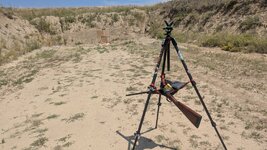
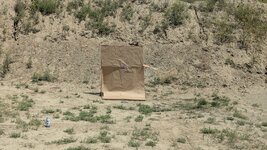
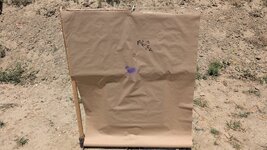
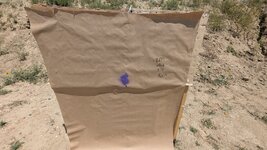
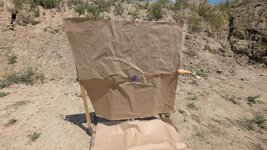
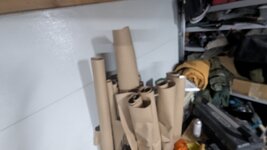
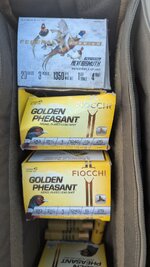


 I used a V rest in my Wiser Precision Ridge Warden and shot at 20 yards as well as 35 yards. My paper is 45" wide, and I lucked out finding a nearly empty purple spray paint in the garage.
I used a V rest in my Wiser Precision Ridge Warden and shot at 20 yards as well as 35 yards. My paper is 45" wide, and I lucked out finding a nearly empty purple spray paint in the garage.







